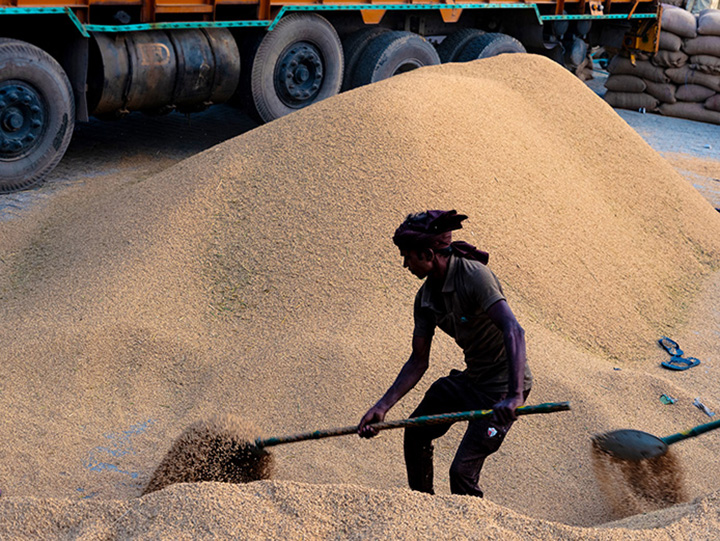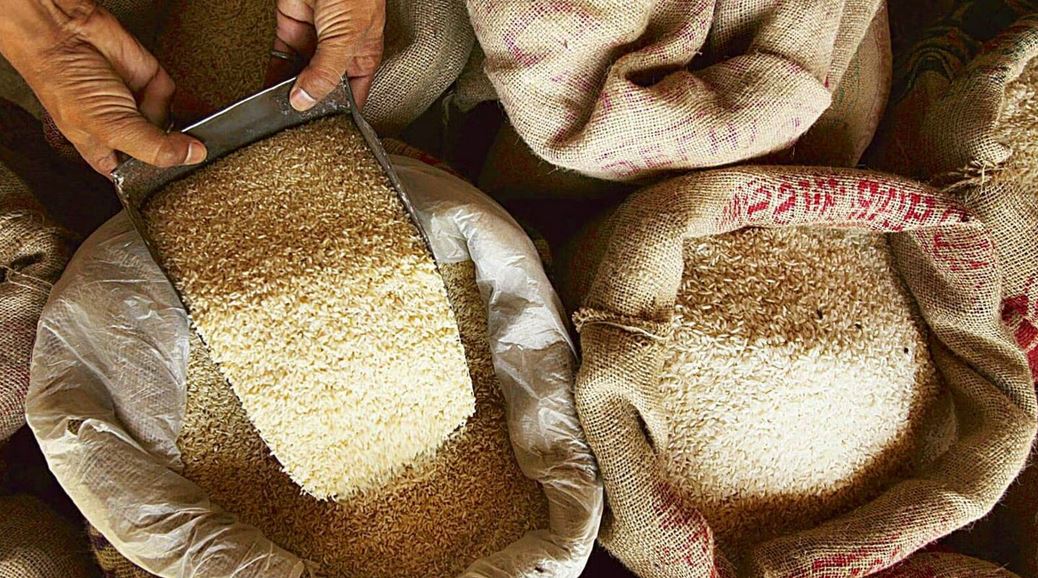Tags
India rice traders want easing of export curbs as competition from Pakistan stiffens
Rice traders have told Indian authorities their exports are becoming uncompetitive against Pakistan in terms of price.
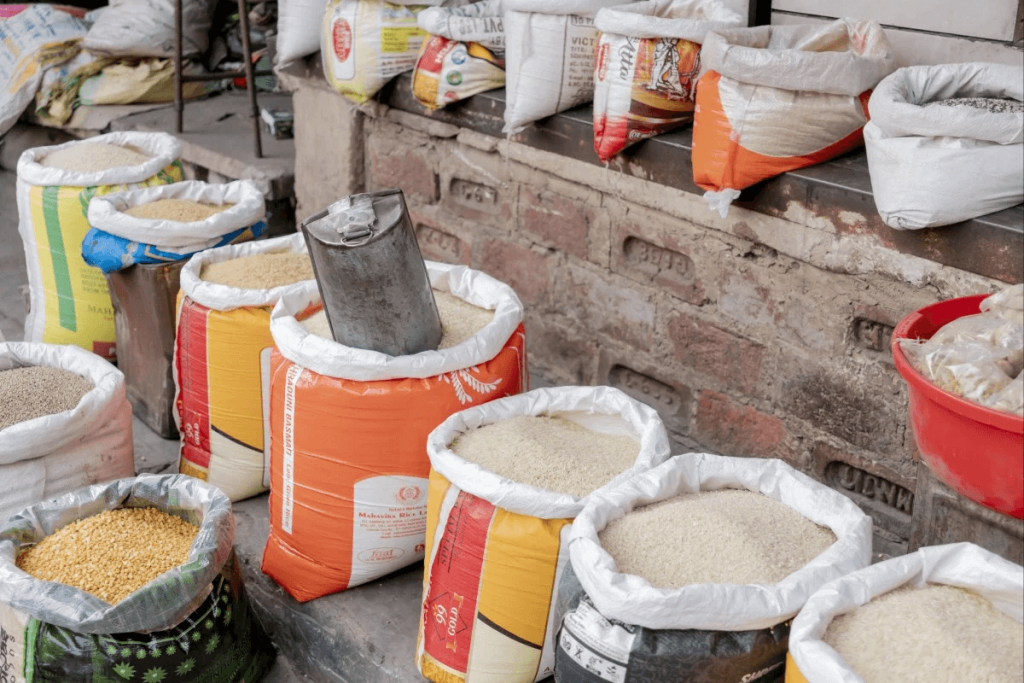
Biman Mukherji
India, the world’s top rice exporter, is under growing pressure from domestic traders to ease export curbs over fears of losing their export market share as they stand to reap a strong harvest.
Indian traders have asked the government to either scrap a minimum export price of US$950 per tonne on premium basmati rice or lower it to US$750 per tonne in anticipation of a bumper crop, All India Rice Exporters Association (AIREA) vice-president S Jain told This Week in Asia on Monday.
Presently, India allows only exports of basmati and parboiled varieties, subject to a 20 per cent export tax imposed last year to prevent any shortages in the domestic market amid fickle weather. It has banned exports of non-basmati or more common varieties.
India accounts for around 40 per cent of global rice shipments and exports to more than 150 countries. About 30 per cent of its shipments – or 12 per cent of total global trade of the commodity – were affected after New Delhi banned exports of white rice and broken varieties last July, except for shipments to address food-security concerns of other countries.
The export curbs were seen as a politically linked measure to curb inflation ahead of the national elections held earlier this year.
But traders say there is no reason to continue with the measure as government stocks are overflowing and India risks losing some export market share to rival Pakistan. They are urging Delhi to remove the 20 per cent export duty on basmati varieties and remove all restrictions on the non-basmati varieties.
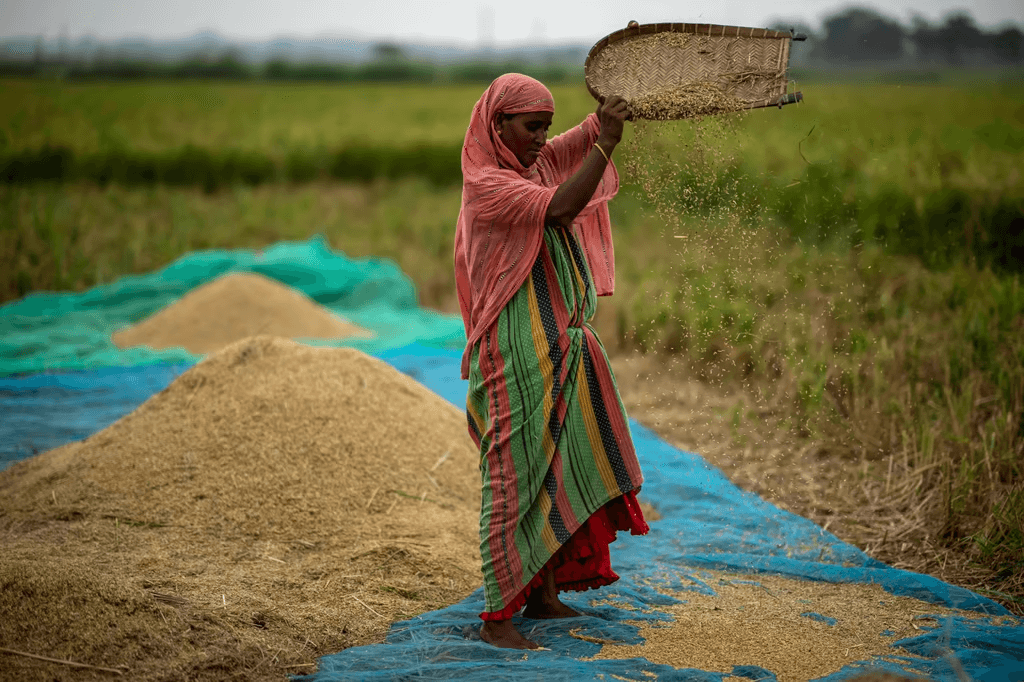
“We met Food Minister Pralhad Joshi today. We told him that Indian rice exports are becoming uncompetitive against Pakistan,” Jain said.
Pakistani rice varieties similar to India’s basmati varieties have been exported for as low as US$700 per tonne, he added.
India’s basmati rice production would likely be in the range of 9 million metric tons this year, compared with about 8-8.5 million tons last year, Jain said.
Traders have approached the commerce ministry and were hopeful that the government would ease the shipment curbs soon, Jain added. Most of India’s rice crops are due to be harvested by October though some varieties could arrive in domestic markets as early as September.
Export margins have also been whittled away by port congestion, which has made shipments more expensive and time-consuming, Jain said.
Shipping woes have been exacerbated by tensions in the Middle East with Houthi rebels firing at ships navigating the Red Sea in recent months in response to the Israel-Gaza war. The challenges of supplying to the Middle East, one of India’s most important rice markets, have also been compounded by a worldwide shortage of containers.
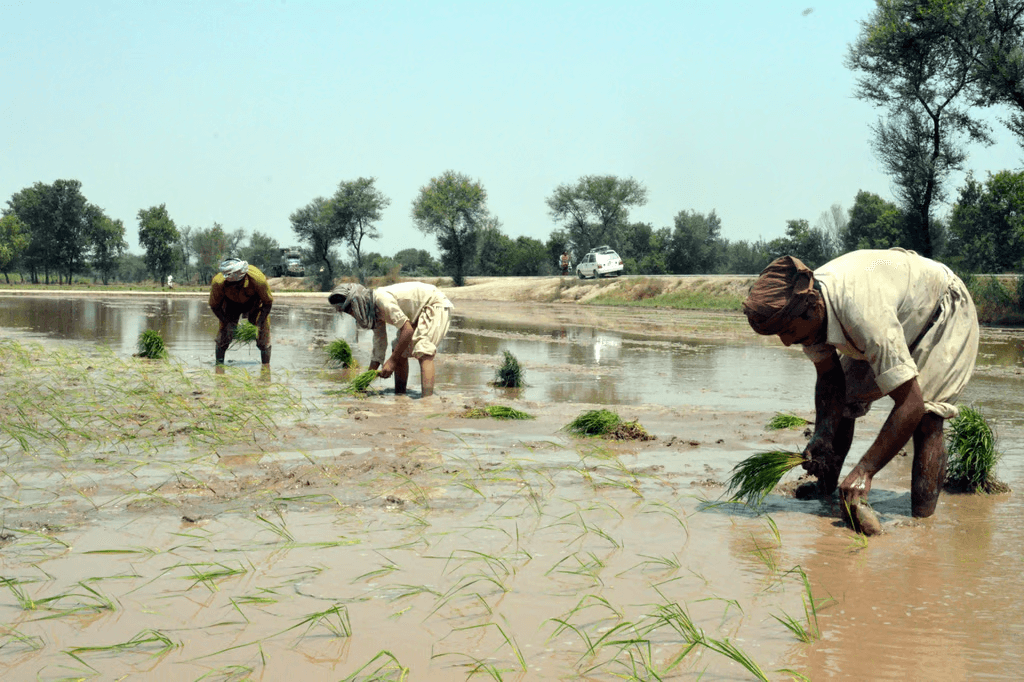
Prolonged monsoons
Deadly heatwaves across parts of Asia earlier this summer sparked concerns about whether the extreme weather could damage crop output and disrupt rainfall patterns.
Monsoon rains in September could hover above the long-term average, said D Pai, head of agromet advisory services at the India Meteorological Department.
Climate change has pushed back the end of the monsoon season from the first week of September by around a couple of weeks in recent years and the coming rainy period could last until the end of September, Pai said.
India’s breadbasket northern and northwest provinces could see heavy rains, which would unlikely cause any significant crop damage, he added.
More bountiful showers could be expected with rainfall patterns transitioning towards the La Nina weather phenomenon, Pai said.
Rice is a water-guzzling crop that thrives in conditions of abundant water availability.
Vijay Setia, former president of the All India Rice Exporters Association, was optimistic that the favourable weather would remain through the end of the season. The June-September season typically accounts for about 70 per cent of the country’s rainfall.
A change in the monsoon season would mean a delay in rice harvesting in parts of the country without significantly affecting the overall crop, he said. “Though the monsoon is getting a little prolonged, there is no disease to crops so far,” Setia said.
Night-time temperatures have remained low and there has been no sudden spell of warming that could lead to premature ripening of the rice crop, he said.
“They [the government] should remove all export curbs. There are other ways to control prices if and when required,” he said.
https://www.scmp.com/week-asia/economics/article/3277016/india-rice-traders-want-easing-export-curbs-competition-pakistan-stiffens?module=perpetual_scroll_0&pgtype=articlePublished Date: September 3, 2024




